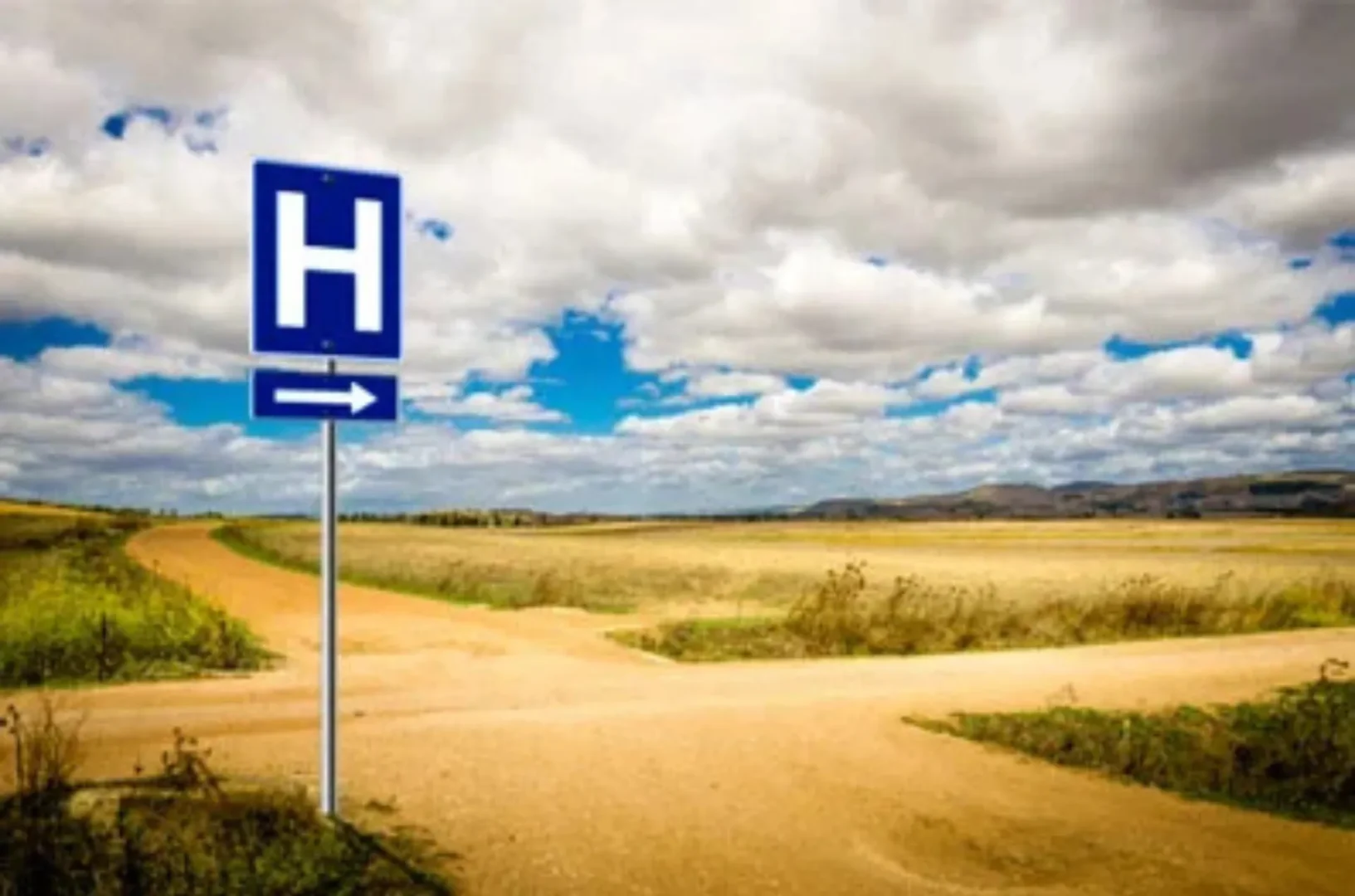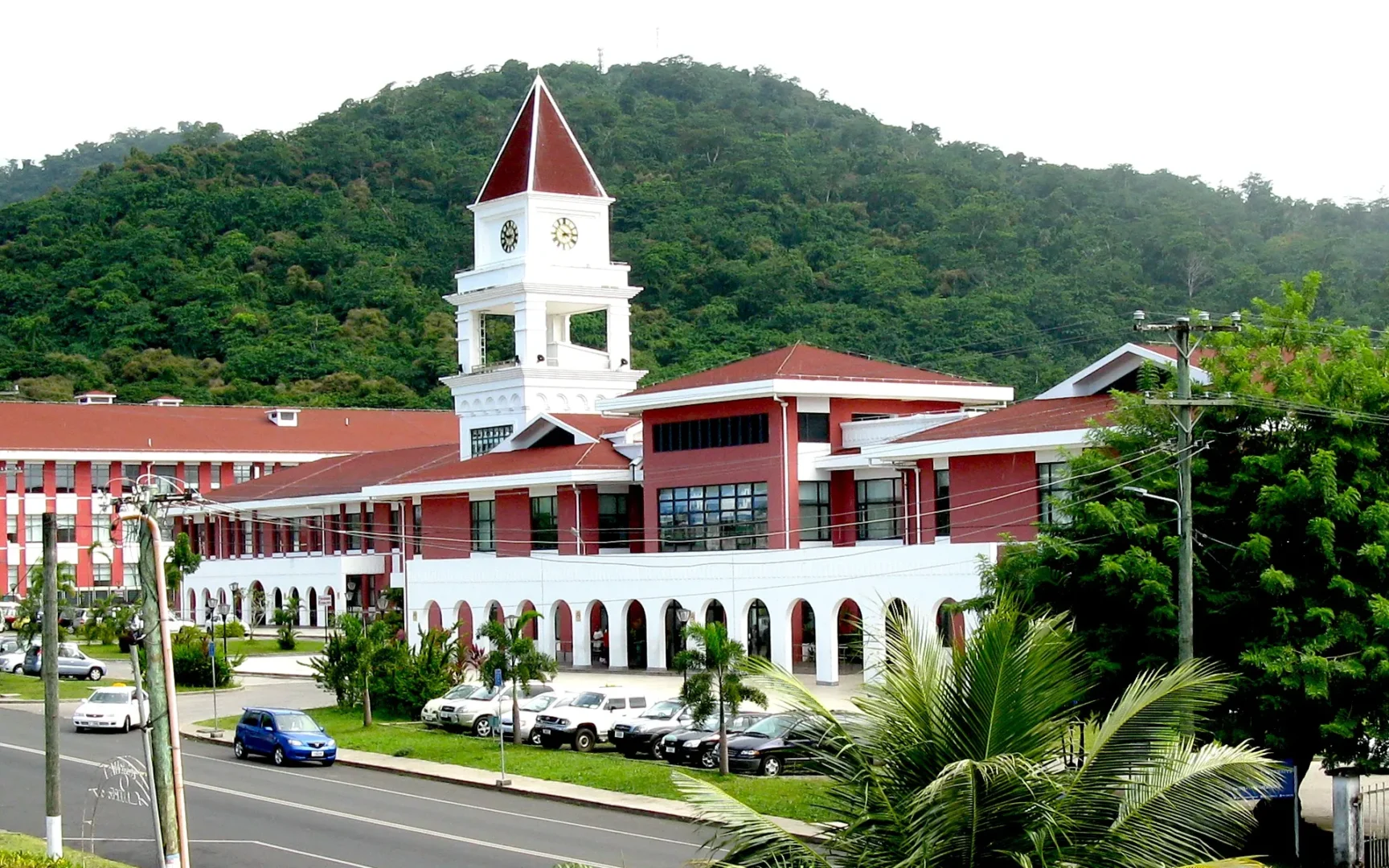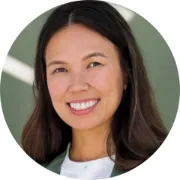All over the world, there are many locations where millions of people live far from the medical care they need. In the remote Northern Territory of Australia, a single doctor may be responsible for the patient population in an area that is two-thirds the size of the United Kingdom. These patients may wait weeks for appointments or travel hundreds of kilometers when they need to see a specialist. For many people in rural areas, basic access to healthcare is simply unavailable. And this is one example of the growing global health crisis that stems from a shortage of doctors.
The Divide Between Urban and Rural Healthcare
Even though healthcare systems have expanded over the years, access to medical care in rural areas remains profoundly unequal. While nearly half the world’s population lives in rural communities, only a fraction of healthcare providers are available to serve patients who need care in those areas.
According to the World Health Organization (WHO), just 38 percent of nurses and fewer than 25 percent of doctors work in rural regions. This creates a significant disparity in healthcare access, which ultimately leads to delayed diagnoses, untreated illnesses, preventable diseases, and deaths.
The global imbalance in the distribution of healthcare workers creates an environment in which health disparities increase and positive health outcomes decline. In both Australia and Canada, entire regions lack full-time doctors. And in some rural US counties, pregnant women may have to travel several hours for prenatal care and childbirth due to local OB-GYN clinic closures.
Health Outcomes in Rural Communities
Yes, the consequences of the rural doctor shortage are measurable and detrimental to rural communities all around the world. As noted, in rural Australia, access to medical services remains a concerning challenge, and the Australian Institute of Health and Welfare says:Approximately 20 percent of Australians in remote areas don’t have GP services nearby
Almost 60 percent of Australia’s rural population also doesn’t have access to specialists.
Global consequences of reduced access to healthcare in rural communities include fewer cancer screenings and more potentially preventable hospitalizations. And in Australia, 2021 data showed that people living in remote areas had a mortality rate 1.2 times as high as that of the whole country.
“Rural communities in the United States and Canada also face persistent barriers to accessing consistent, quality healthcare. As educators, we have a responsibility to prepare future physicians not only for the rigors of clinical practice, but also for the unique challenges of rural medicine—because every patient, regardless of their locality, deserves comprehensive and inclusive care,” says Dr. Elza Pollak-Christian, Director of Clinical Education and Faculty at Oceania University of Medicine (OUM), and a Canadian native who studied medicine abroad, today practicing in the US.
So, Why Aren’t There Enough Rural Doctors?
There are several reasons why the shortage of doctors in rural and remote communities persists. The infrastructure in rural hospitals and clinics is frequently outdated or insufficient, making them less attractive training sites for future doctors. Healthcare workers also avoid rural placements due to limited career advancement opportunities, fewer educational options, and lower salaries. This contributes to a trend of urban migration among healthcare professionals, which leaves rural communities even more underserved. Additionally, students from rural backgrounds may lack access to quality STEM education, making it more challenging for them to pursue medical careers, which further perpetuates the rural-urban divide among practitioners.
Global Efforts Making a Difference
Several emerging solutions are being developed to address the shortage of doctors in rural communities from medical education and patient care perspectives. In Australia, Canada, and the US, telemedicine is a solution that expands access to both primary and specialty care in rural areas through digital consultations. In Samoa — OUM’s home — and other Pacific Islands, culturally grounded training programs strengthen community-based healthcare by training medical graduates committed to returning to their home communities to practice. The WHO also supports global strategies to enhance the rural healthcare workforce through training, policy improvements, and the development of support systems.
Promising solutions are being implemented around the world. Some rural medical programs that target students from underserved communities show high success rates in retention. Training these students close to home with their intent to return to their local communities helps build strong, empathetic, and committed rural healthcare workers. Mobile health clinics and rural telehealth services are making it easier to deliver care in remote and hard-to-reach locations. Meanwhile, community-based medical education programs are developing a new generation of doctors deeply connected to the people and communities they serve.
What Can Be Done to Help?
Solving the global rural doctor shortage will require collaboration on all fronts—among governments, NGOs, academic institutions, and more.
Widening access to medical school is one way to improve the physician shortage. OUM has been committed to addressing the physician shortage since its founding, originally opening its doors in 2002 to confront Samoa’s shortage of doctors. From the beginning, OUM’s hybrid curriculum has removed traditional barriers by allowing students to complete their pre-clinical studies online, allowing individuals from remote or underrepresented backgrounds to pursue medicine without uprooting their lives.
Through global clinical placement opportunities ranging from Australia and Samoa to New Zealand, North America, and American Samoa, OUM prepares students to serve in regions where healthcare is most needed. Many of our graduates return to their home communities or choose to practice in underserved areas, directly contributing to a more equitable healthcare landscape. By empowering passionate, purpose-driven individuals to become doctors, OUM is helping to reduce the global physician shortage year after year, one patient at a time.



